Generally, the impedance looking into a transmission line is: -

And this means that the input impedance is line-length and load dependent. Here's an example when the line is open circuit at one end: -

Starting at the right hand end, the line is zero length and is represented by a parallel tuned circuit that offers infinite impedance. As the line lengthens to a quarter wave the impedance changes to a short circuit depicted by L and C being in series. At half a wave length the line behaves as if it were zero length.
For a shorted line you get this: -

Pictures from here.
So there's a lot of hidden depth to the formula at the top of this answer and to be specific about a transmission line at quarter of a wavelength, \$\tan(\beta\ell)\$ becomes infinity and the equation becomes: -
$$Z_{IN} = Z_0\left(\dfrac{Z_0}{Z_L}\right)$$
Or
$$Z_0 = \sqrt{Z_L Z_{IN}}$$
A related stack exchange question and answer.



